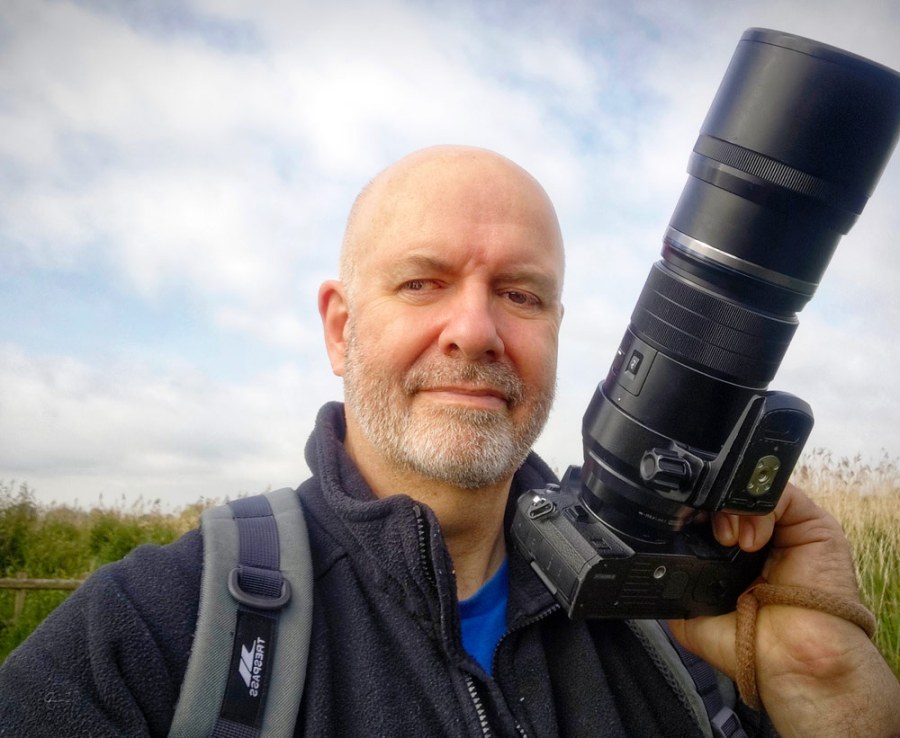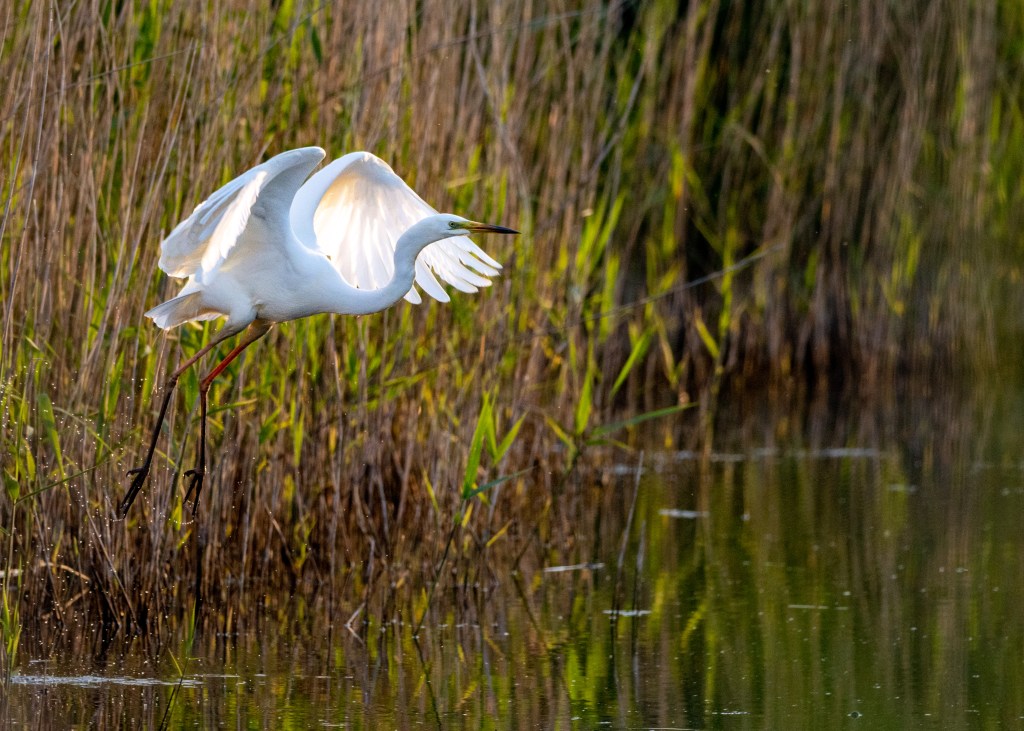Keen bird photographer Geoff Harris reveals why he loves the Olympus M.Zuiko Digital ED 300mm F4 IS Pro lens so much. It’s great for travel too!
Bird photography is something that’s always appealed to me, as it’s a total experience – in other words, not just about the photography. I’m lucky enough to live close to the Ham Wall RSPB bird reserve near Glastonbury in the UK, which a lot of locals tend to take for granted. My passion for bird photography has motivated me to get out of bed at stupid o’clock this summer and I’m really glad I did.
This is not an article about the Zen of bird photography or its mental health benefits, however, instead it’s about a lens – the Olympus M.Zuiko Digital ED 300mm F4 IS Pro to give its full name (see the great Amazon US deal below).
This lens has been proving its worth for nearly decade, and it’s a modern classic. Indeed, it’s the best lens I’ve ever used for bird and wildlife photography, delivering an irresistible mix of superior optical performance, relatively low weight and affordability. Let’s consider each of these areas in more detail.
Micro Four Thirds magic – 300mm becomes 600mm
Being a Micro Four Thirds lens, the 300mm F4 IS Pro gives you a 35mm equivalent focal length of 600mm when used on Micro Four Thirds cameras (I use an Olympus OM-1, which got a high score in our original review).
I found this incredibly useful for bird photography, bringing smaller creatures and distant subjects much closer. Yes, you can get longer and faster lenses, costing more and weighing more, but 600mm equivalence feels like a real sweet spot. Shooting more distant birds at a maximum wide aperture of f/4 means you don’t always get a lot of ‘separation’ from the background, but this very much depends on the circumstances.
I like to include some of the bird’s habitat too – see below – as I find totally defocussed backgrounds can sometime look rather anonymous and unnatural.

The sharpness of the 300mm F4 IS Pro can’t be faulted, and this is borne out by other bird photographers who really rate this lens, notably top pro Andrew Fusek Peters.
Of course, simply buying a new lens won’t automatically catapult you to Andrew’s level, so you also need to put in the work. Capturing birds doing what birds do can be a challenge until you’ve figured out the optimal settings for your camera, but even as a less experienced bird photographer, I was chuffed with the 300mm F4 IS Pro’s sharpness and ability to capture fine detail – even when birds were some distance away.
Using the lens in conjunction with the high-speed Pro Capture feature on my OM-1 body, which lets you capture up to 70 ‘pre-shot’ images, gave me a fantastic combination for bird and wildlife photography.
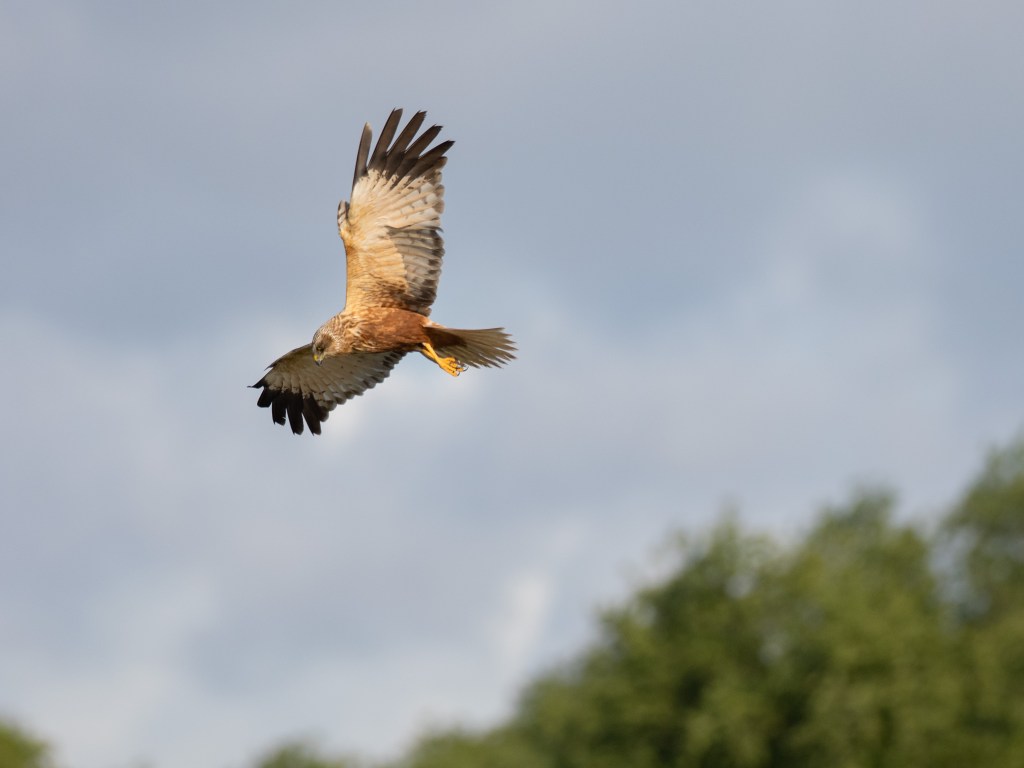
How this Olympus lens keeps everything stable and sharp
Featuring 17 lens elements in 10 groups and ‘Z Coating Nano’ coating technology to reduce ghosting, the 300mm F4 IS Pro also includes highly effective in-lens stabilisation. This worked in tandem with the 5-axis image stabilisation in my Olympus OM-1 to deliver six steps of shutter compensation. It is a very handy feature when you need to use a lower shutter speed to make the most of the available light – around dusk or dawn for example. The lens offers lots of manual control options, too.
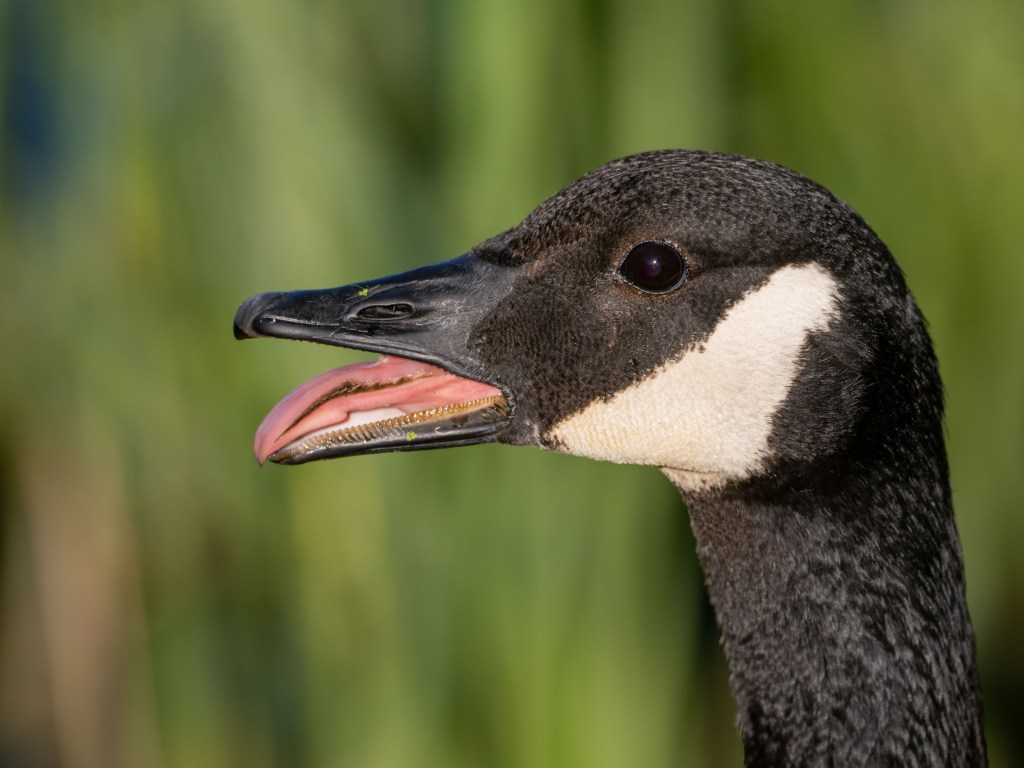
A manual focus clutch mechanism means you can quickly change from AF to manual focussing. At first, I activated this by mistake, and wondered why I had suddenly lost AF, but soon figured it out – it’s another reminder to bone-up on a new lens before heading out into the field.
There were times I needed to change to manual focus, but not that often, as the 300mm F4 IS Pro has a usefully short minimum focusing distance of 4.5 feet (1.4m). I particularly enjoyed using the lens to shoot dragonflies, damselflies and other photogenic bugs. Add the MC-14 1.4x Digital Teleconverter and the maximum magnification increases to 0.67x, while maintaining the same minimum focus distance.
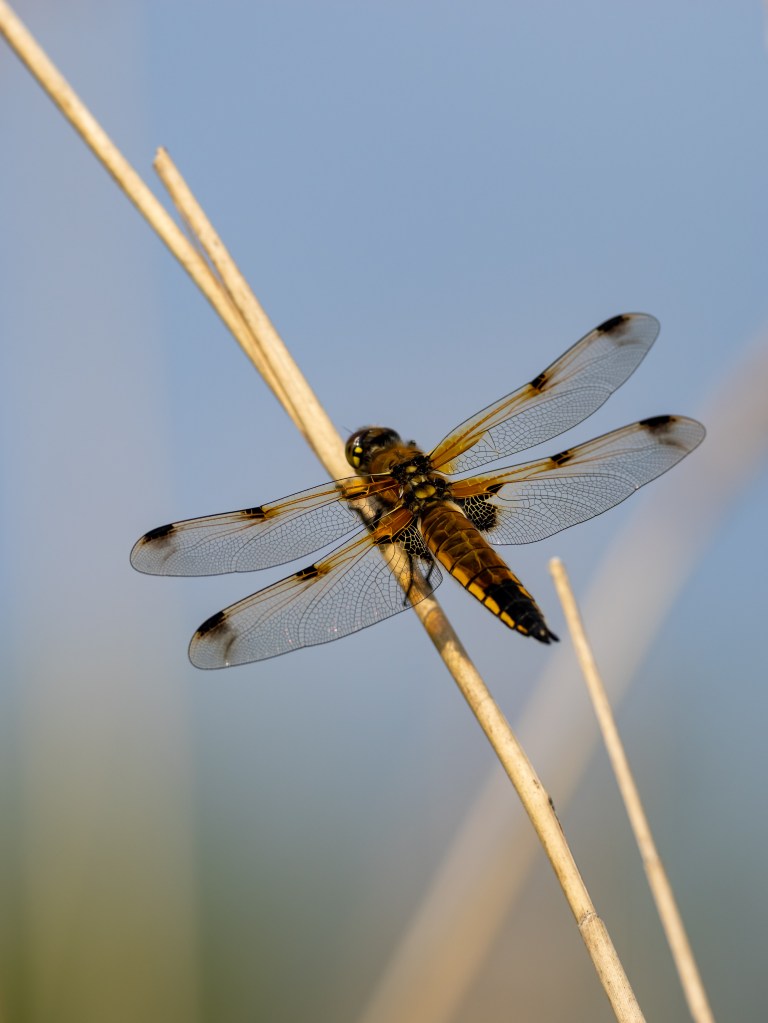
In addition, it has a maximum magnification of 0.48x (35mm equivalent). A built-in retractable lens hood also comes in useful for combatting stray sunlight, and the 300mm f4 IS Pro also has a removable tripod base plate.
There are other features which I didn’t use as much but are still handy to have, including a Focus Limit switch on the side and a L-Fn button, which can be programmed for 27 different functions.
Long reach but low weight
Another big attraction of the 300mm F4 IS Pro is its relatively low weight (1270g without the tripod adapter). Considering the lens’s reach and impressive technical specifications, this is a real bonus. I was more than happy to carry around the lens around for a whole day during the recent heatwave, and it balanced on my OM-1 extremely well.
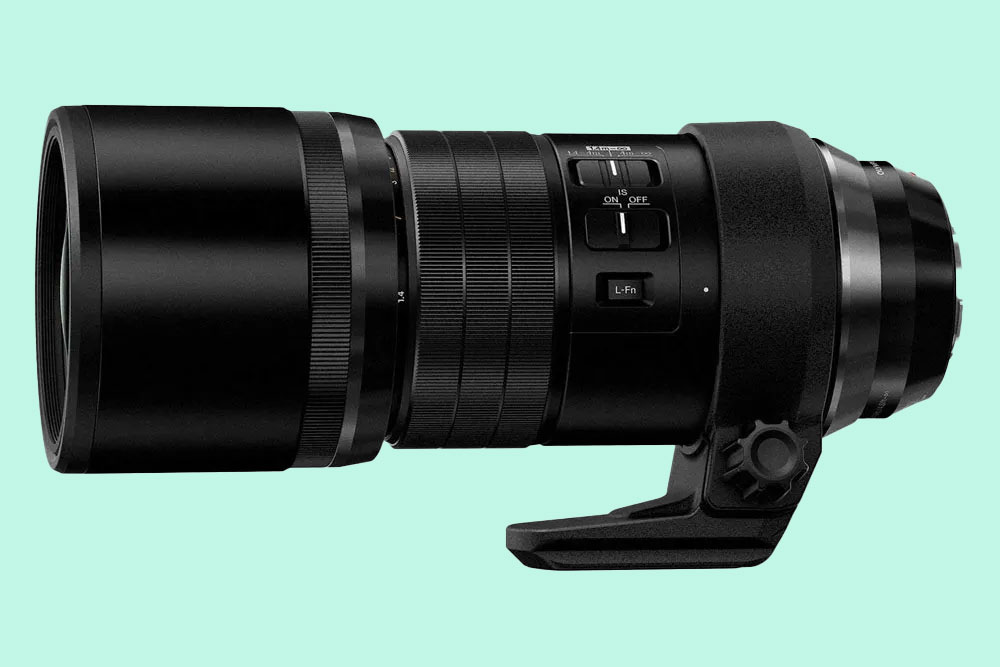
The Ham Wall RSPB bird reserve is famous for its egret and heron population, and while these are wonderful birds to photograph, it often requires a lot of patience (something I am working on). The 300mm f4 IS Pro never felt cumbersome during my seemingly interminable waits for a bird to take off or display interesting behaviour – any silent cursing from moi only came about as the blessed things stood (sat, or floated) stock-still for ages. RSPB, please have a word!
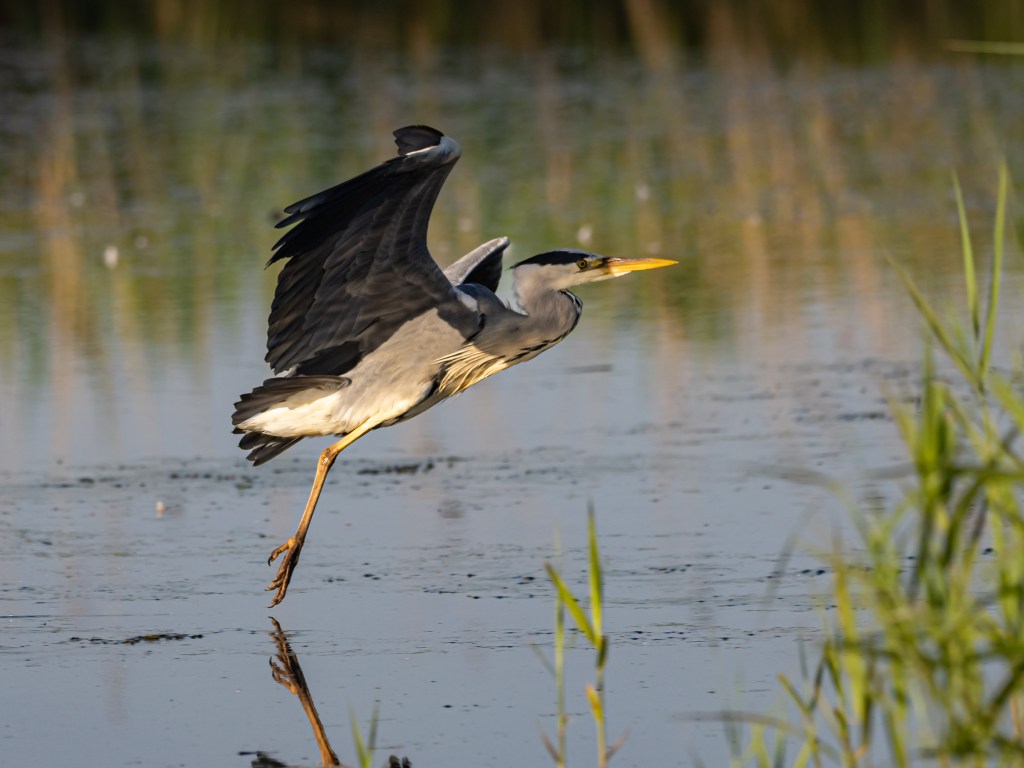
The 300mm F4 IS Pro is compact too: the diameter is 92.5mm and it’s just 280mm long with the lens hood extended. As a consequence, it is very easy to carry around, and fitted easily into a small cabin bag during a recent flight to Japan. When you consider the bulk and weight of 600mm equivalent full-frame prime lenses, the slimline dimensions of the 300mm f4 IS Pro make it a fantastic choice for photographers on the move.
The lens is built to last too, being dust and splashproof: use it with a weather-sealed camera body and you’ve got plenty of environmental protection for day-to-day shooting unless you are shooting in really tough conditions. And even then it will probably be ok.

A great lens for the money, and an all-round winner
The 300mm F4 IS Pro won’t weigh your wallet down either, and is exceptionally good value for money considering its outstanding optical performance, portability and build quality. Bought new it costs around $2699/£2300, which, while a still sizeable outlay, is not at all bad when you consider the cost of equivalent lenses. Buy one used from a reputable dealer such as MPB (or Wex Photo Video, Park Cameras etc in the UK) and you can save some serious money.

So, to sum up. I really enjoyed using the Olympus 300mm F4 IS Pro as it’s a no brainer for bird or wildlife photography. Travel photographers will love this lens too, as the 600mm equivalent focal length makes it ideal for capturing distant objects or discreet portraits of interesting characters in interesting locations (again, as I found in Japan).

Autofocus is speedy, silent and reliable, bokeh is attractive, build quality is tough without adding to the weight, and you can easily stuff the lens into a carry-on bag without worrying about excess luggage charges from budget airlines. For Micro Four Third users who haven’t drunk the full-frame Kool Aid, I am struggling to think of a better choice for the money, new or used.
Olympus 300mm F4 IS Pro at a glance
- Filter diameter: 77mm
- Lens elements: 17
- Groups: 10
- Diaphragm blades: 9, circular
- Aperture: f/4 to f/22
- Minimum focus: 1.4m
- Length: 227mm
- Diameter: 92.5mm
- Weight: 1,270g
- Lens mount: Micro Four Thirds
See more great deals on this lens below.

